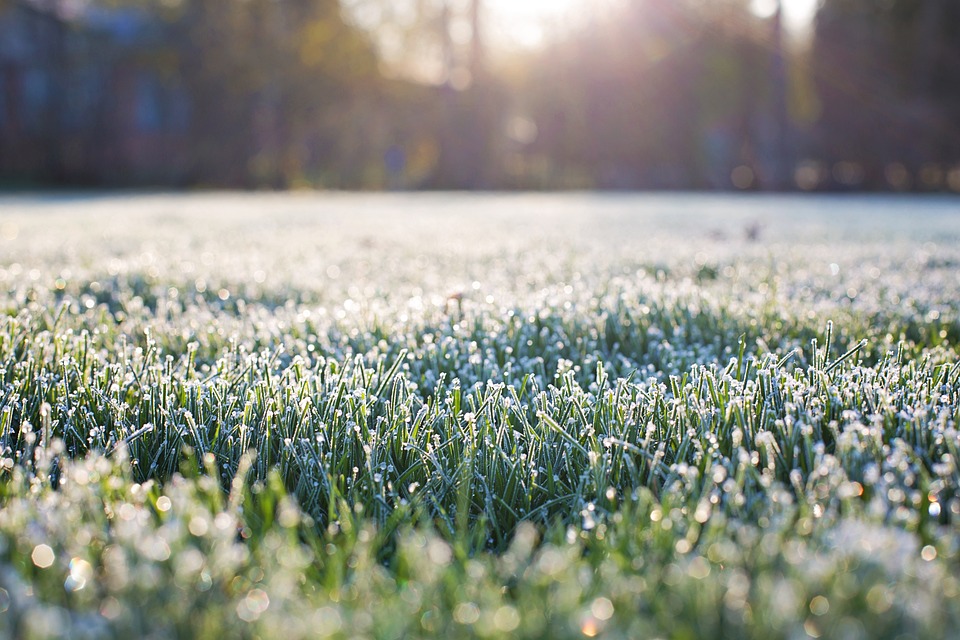Has the winter weather got you staring out the window, wondering what you can do to help improve your lawn? It may be cold and damp outside, but there are always landscape tasks to be performed. This is especially true in the Camas, Washougal, and Vancouver, Washinton areas; with its abundance of flora, there is always something to be doing around your landscape. Because of this, lawns can oftentimes become neglected and overlooked during this period. However, if you are dreaming about improving your lawn this growing season, then dormant seeding may be right for you.
What is Dormant Seeding?
Dormant seeding is exactly what it sounds like; it is the process of sowing grass seed into your lawn during the dormant period of winter, usually between November and February. This is the time of year that temperatures are generally at or below 50 degrees. Because of the colder temperatures, grass seed does not germinate and will themselves remain dormant until the warmth of spring arrives. Because of the early sowing of seeds, they should germinate and sprout more quickly than waiting until spring arrives to sow them. In other words, dormant seeding can offer your lawn a head start with the growing season. Furthermore, by dormant seeding and early germination, you’ve given your grass a chance to outcompete the weeds that may otherwise fill those spaces in your lawn.
Dormant Seeding: How To
The process of dormant seeding is very similar to overseeding your lawn during other periods of the year. First, you need to decide what type of grasses will work best in your climate and the area in which you intend the seed to grow. Next, we recommend using a broadcast spreader to distribute the seed throughout your lawn; broadcast spreaders work more efficiently and effectively at evenly distributing the seed and provides a better ground contact than simply scattering the seeds. After spreading the seed, use a metal rake to work it into the soil, ensuring optimal ground contact. Applying a top dressing is always a good idea as well. Once the seed is worked into the soil, ensure it stays moist throughout the winter months. Avoid over-saturating the ground.
Things to Consider Before Dormant Seeding
As is the case with many landscape tasks, there are pros and cons to dormant seeding. There are several things to consider before applying seed during the winter months.
Do not apply the seed when the ground is frozen. Frozen ground will not allow the seed to be worked into the soil effectively. If the seed does not have proper ground contact it will not germinate and will, therefore, be unable to grow.
Not all grasses are made equal for every area. Reasearch the grasses that are best for your area and what would work well for dormant seeding. Putting down any type of grass seed without first researching is never a good idea and that is especially true when it comes to dormant seeding.
Snowy conditions offer a higher probability that your grass seed will germinate. Often birds and wind, as well as foot traffic can carry away the seed you have put down. Therefore, dormant seeding will achieve better results in areas that get snow because it acts as a protective layer or blanket against these obstacles.
Whether you’re interested in dormant seeding, blackberry removal, or just getting rid of those pesky leaves that keep blowing onto your lawn, Urban Eden Landscaping is here to help! Contact us today or fill out our online form for a FREE estimate.

